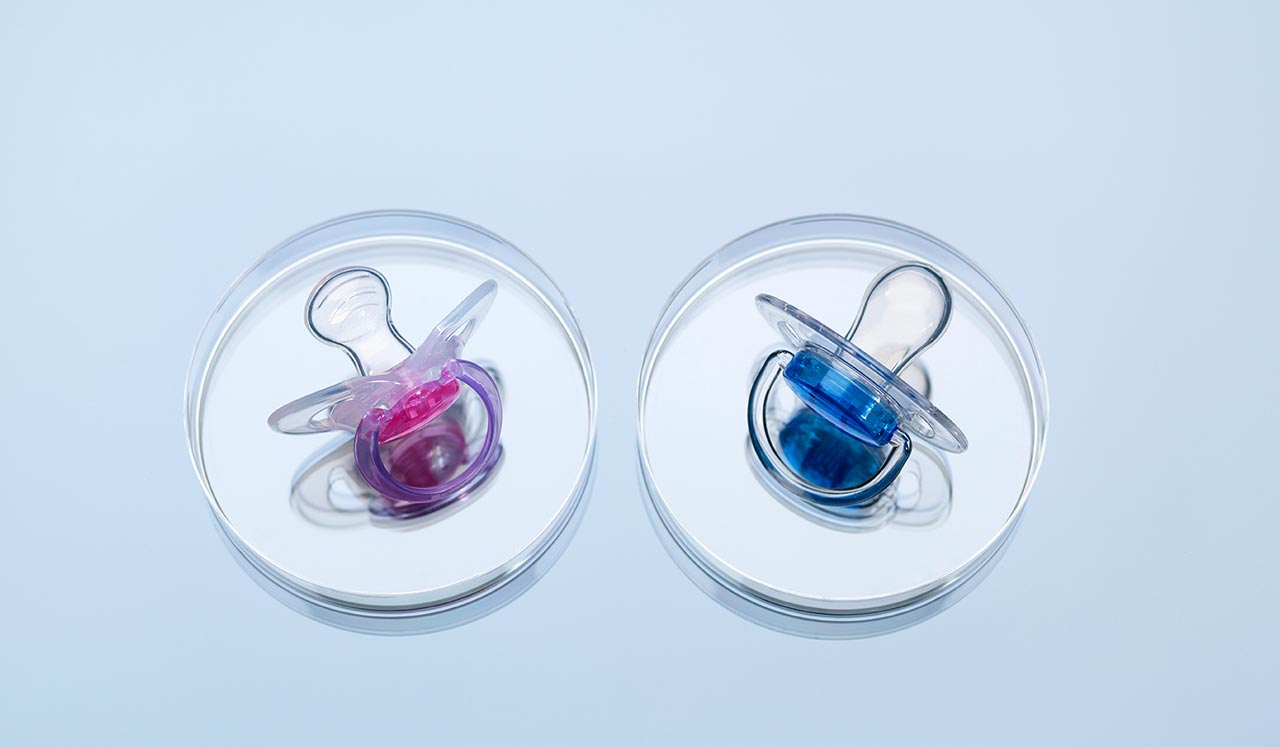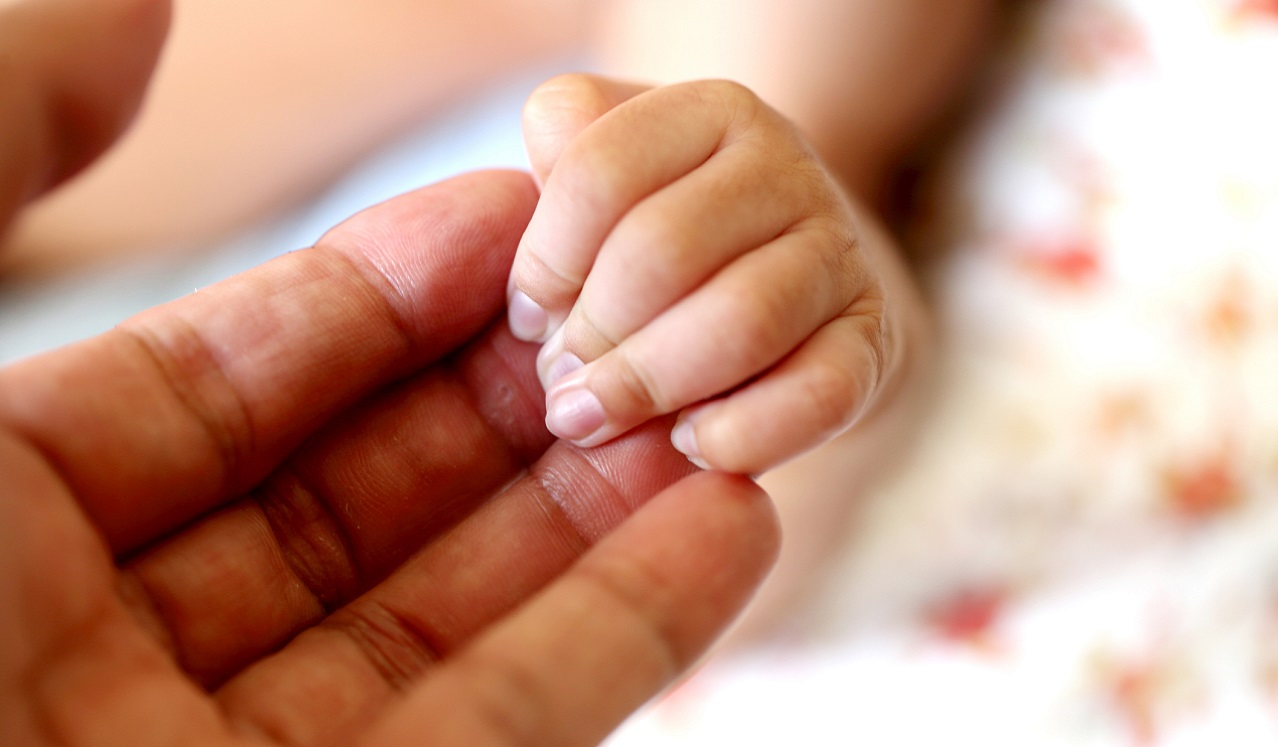Maybe you long to be a mother, but are over 30 and still waiting for your love match. Or you’re focused on your career but may want children later. Or you’ve failed to get pregnant or have miscarried.
There’s hope. “It’s very empowering to women to know that reproductive options such as In Vitro Fertilization exist,” says Timothy Hickman, MD, Medical Director at Houston IVF.
Here’s what you need to know.
1. What is IVF?
In vitro fertilization (IVF) is assisted reproduction combining an egg with sperm in a laboratory dish. If the egg fertilizes and begins cell division, the resulting embryo is transferred to the woman’s uterus where it will hopefully implant in the uterine lining and further develop. Bypassing the fallopian tubes, IVF often is the treatment choice for women with badly damaged or absent tubes (due to endometriosis or other ailments). It also can help couples who’ve miscarried multiple times or face a low sperm count.
2. Who Needs IVF?
“Biology is unfair,” says Dr. Hickman. “Males start making sperm at puberty and keep going. So Mick Jagger in his late 70s still has kids. But “a female’s fertility peaks at 17, when 95% can have a baby with no problem. At 35, only 65% of couples can have a child naturally,” Dr. Hickman says. “When you get to 40, only 30% of couples will ever conceive again for the rest of their reproductive lives. By age 42, only 1 in 10 women can have a baby naturally.” Additionally, the older the woman is, the higher the risk of birth defects. That’s why Dr. Hickman urges women at 35 to consult a reproductive endocrinologist to guide their options, such as freezing their eggs. “Women tell me it’s liberating to keep their options open if they might want to grow their family later on.”
3. What Are IVF’s Odds of Working?
The chances are a lot better than in 1990, when IVF’s success rate was in single-digits. Back then, multiple eggs were retrieved, fertilized and immediately transferred back into the natural incubator – the mother -- “or the embryos died in the lab,” Dr. Hickman says. "Now medical advances in the IVF lab closely approximate the natural environment of developing embryos,” he says. “This allows embryos to thrive and has boosted the likelihood of a full-term baby dramatically." Even better, future parents can learn which labs have the best rates, now that fertility clinics are required to report to the Society for Assisted Reproductive Technology (SART.org) and/or the Centers for Disease Control and Prevention (CDC.gov). Dr. Hickman says. Keep in mind that live birth rates differ between new patients and those who have failed previously. Houston IVF’s new patients have a 70.4% rate of live births for mothers under age 35, 54.9% for ages 35-37 and 40% for ages 38-40.
4. Can IVF Avoid Genetic Diseases?
Chromosomal screening allows doctors to test each embryo and implant only the healthiest while ruling out abnormalities or some genetic disorders, including Cystic Fibrosis or Spinal Muscular Atrophy. “The ability to test embryos has really revolutionized the field,” Dr. Hickman says. “We’re eliminating those diseases in the coming generations.” Also, since doctors can determine which embryos are healthiest, they can implant just one if that’s what couples prefer. (And yes, some parents -- including singer John Legend and wife Chrissy Teigen -- also have pre-selected their child’s gender.)
5. What Are Mothers’ Health Risks?
To boost egg count, women inject themselves just below the skin (subcutaneously) with hormones that spur the ovary to produce 10- to 20-fold more eggs. “When the ovary is big, women can feel very bloated,” Dr. Hickman says. “Women also may have mood swings since we’re stimulating the high levels of progesterone and estrogen one would have when pregnant, compounded by the woman’s strong desire to be pregnant and not knowing whether she will be.” Additionally, 1% of women develop Ovarian Hyperstimulation Syndrome (OHS), which could cause abdominal pain, nausea and diarrhea (and, in rare cases, heart or lung problems). One in a thousand women suffers ovarian tortion, when the ovary becomes huge and twists, shutting off its blood supply. “Recent studies have shown no increased risk of ovarian cancer,” Dr. Hickman says. One thing that’s certain? Losing sleep after your little one is born.


